What makes the mega-hit “Happy” by Pharrell Williams so darned….happy?
Been wondering that question myself, so it was nice to see a story in the Guardian that puts the question to a number of prominent music-industry types….as well as a wedding DJ named “Peepshow Paddy:”
I think part of its big impact has been that it sounds so inviting, as nowadays everyone from indie boys to Beyonce are trying to make music that sounds weird and alien. But Happy is stripped back with a good groove and a cool-sounding 60s Motown feel, so its success is down to the fact that it is pop music in its most fundamental state.
With 350 comments plus, here’s a story apparently touches a nerve, too. I especially liked this one:
raveheart
9 Apr 2014 11:26
as someone who was some basic experience of writing (crap) songs, it’s really easy to write something sad that sounds ‘deep’. U2, coldplay and a thousand other sub-radiohead acts have proven this. Am, C, G, Em, and F in some combo, hey presto, you’ve got a typical rock song.
writing a catchy, happy tune that isn’t bubblegum pop crap is much more challenging. whilst it borrows from genres (as everyone does), no one can say it is a direct rip-off of another specific song. therefore, it should be applauded.
nice one, Pharrell.
I think the incredible growing number of covers of the tune are another indicator…like this one by the a Capella choir the Pentatonix. Released on March 17, it’s already north of 5 million views!
This story also reminded me of the weird similarity between Williams’ voice and the late, great Curtis Mayfield. I remember selling a ton of copies of this Curtis classic when I was working in the late, great Melody Record Shop in DC…
Meanwhile, it seems that Pharrell is trading in the Smokey the Bear look for something with a little more of an…ummm…Mozart effect?

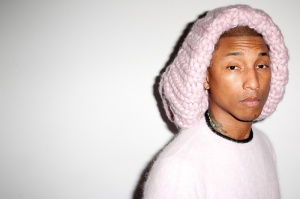
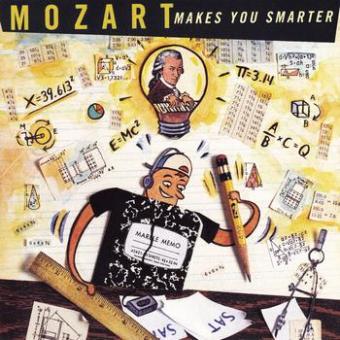
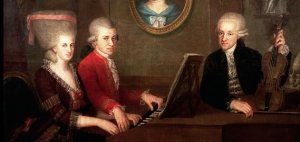
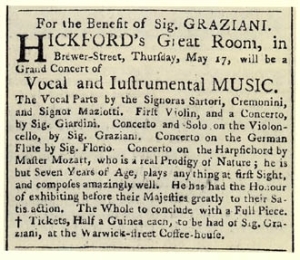
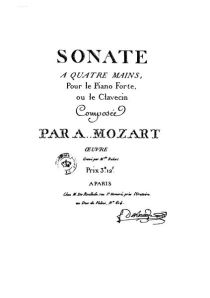






You must be logged in to post a comment.